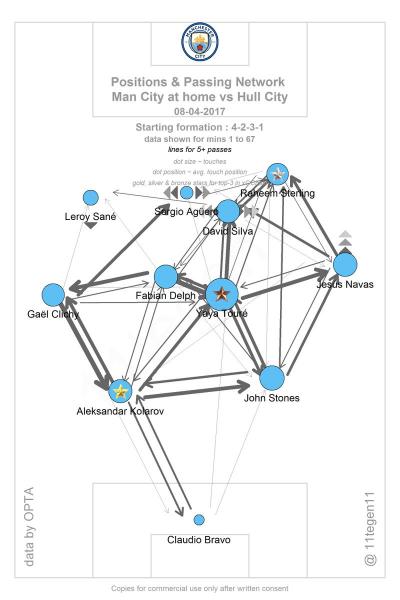The cognitive scientist Lera Boroditsky
describes a cognitive change that happened to her while spending time among speakers of the Kuuk Thaayorre language in Pormpuraaw, Queensland, Australia. This language, like a third of all human languages, has the property of absolute direction reckoning: cardinal directions are used instead of relative directions like left and right. Relating one’s directional orientation is the proper response to the most common greeting, “where are you heading?” – and
small children can easily report their directional heading from a list of over eighty possibilities. Boroditsky found reporting her exact directional orientation difficult at first, and suspects that she was considered intellectually dim for not being able to report her orientation. But after some practice, she experienced a radical change in her internal cartography:
After about a week of being there, I was walking along, and all of a sudden I noticed that in my head there was an extra little window, like in a video game. And in that console window was a bird’s-eye view of the landscape that I was walking on, and I was a little red dot that was traversing that landscape.
Boroditsky shared the cognitive change she experienced with a native speaker of the language, who commented, “well of course – how else would you do it?”


